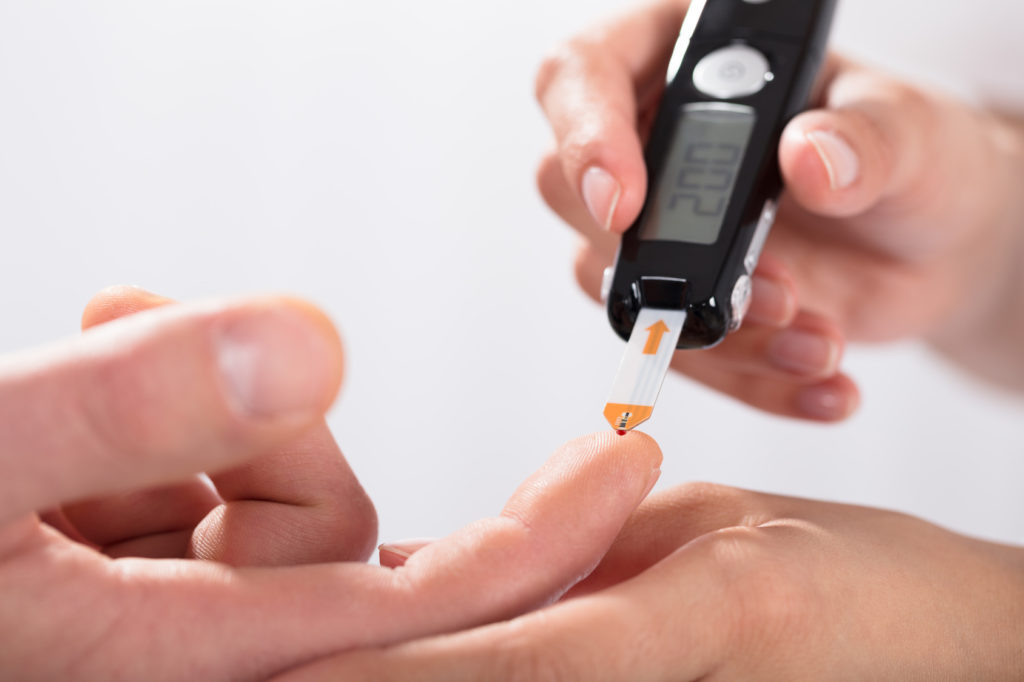How our genes affect the risk for Diabetes
An ancient Mutation in our body could protect people from high blood sugar and Diabetes. The Mutation was discovered as a Gene with the designation of CLTCL1 was investigated, which is involved in the removal of sugar from the bloodstream.
In a current study of the University College London (UCL), it was found that a Mutation may protect people from Diabetes. The results of the study were published in the English journal “eLife”.

What is the role of blood sugar?
While a certain amount of blood sugar is necessary to feed the brain and other organs with energy, leads to a lot of sugar in the blood type 2 Diabetes. The researchers found in their study that about half of the world’s population carries a Mutation that helps the body to remove sugar more effectively from the body.
When spread, the Mutation of the gene?
The mutated Form of the gene is widely used, since the person turning in front of almost half a Million years of cooking, suggest the authors of the study. It could also be possible that the Gene is in connection with the introduction of agriculture prior to 12,500 years ago. Cooking, and agriculture have meant more sugar in the food, therefore, this had to be corrected more easily in the body. This is an example of Evolution that affects the human metabolism, and Vice versa. By comparing the DNA of humans and various other species, the scientists were able to track the CLTCL1 Gene in nearly 500 million years back, to a time when the first vertebrates with jaws-developed.
Since then, several species have lost the Gene, including mice, sheep, and pigs, suggesting that the Gene is important for all organisms. In humans, the Gene remained not only preserved, but developed different forms. The mutant variant was only widely used after the cooking and the introduction of agriculture is far. In modern carbohydrate forms of the diet, the mutant Form of the gene could be quite beneficial, reports the researchers. If we take carbohydrates to us, these are converted into sugar in the blood circulates to supply energy, or the sugar is stored as fat.
Processed the body to absorb sugar?
After a meal the body responds to the rise in blood sugar, by opening small pores in the membranes of muscle and adipose tissue, so that the sugar can penetrate. These Openings are created by so-called glucose transporters, which are held between the meals with a Protein in the tissue, which was prepared using the CLTCL1 gene.
We take too much sugar to us
In the past, the older Form of the gene for human was useful, as the Protein that it produced, gave glucose Transporter firmly in muscle and fat, which meant that the blood sugar levels remained high. This was particularly useful, as the people developed their large and complex brain. Cooking and farming meant that people started to become more sugar in your diet. This favoured the newer Mutation that encodes a Protein, the glucose Transporter is less effective in muscle, and fat hiding. As a result, more sugar flows is reduced in the tissue and the blood sugar level.
Genes can be at risk for Diabetes suggest
Test cells showed that the newer variant leads to a more effective removal of sugar from the body. So there is a measurable effect, the authors explain the study. To know which gene variants people carry, to help, to understand their risk for type 2 Diabetes better. People with one or two copies of the older Form may need to pay more attention to your intake of carbohydrates and would be affected with a higher probability of Diabetes. (as)
